
In part thanks to the results of the 2018 elections, many states are taking up new gun control measures as we head into the 2019 legislative session, and the U.S. Supreme Court takes on a case with potentially far-reaching implications.
New York
After years of resistance to any new legislation on the issue, six bills sailed through the state Senate and Assembly this week, marking some of the most significant changes to the Empire State’s gun control laws since 2013.
These new measures included:
- A ban on bump stocks
- A prohibition on teachers carrying guns in schools
- An extension of the waiting period to 30 days for those who do not pass an instant background check
- The establishment of a municipal gun buy-back program
- A “red flag” bill that would allow a police officer, family member, or school official to seek a court order temporarily blocking an individual deemed as a potential risk from purchasing or owning a firearm
These new laws mark the first gun control package since the immediate aftermath of the Sandy Hook shooting, in which a bipartisan effort passed the “Safe Act.” The Safe Act included provisions to expand the state’s ban on assault weapons, increase criminal penalties for owning illegal guns, and closing private sale loopholes.
The ease with which these laws passed through the legislature is a clear consequence of the 2018 mid-term elections. The last time gun control measures were passed in New York, it was because a handful of Republican Senators crossed party lines to deliver a slim margin of victory.
This time, the vote occurred strictly along partisan lines, sending the bills to the Governor’s desk with Democrats enjoying a trifecta in New York for the first time in recent memory.
California
Many of the new laws in California were actually passed in 2018, but took effect as of January 1st. Perhaps unsurprisingly, the Golden State saw some of the nation’s most restrictive gun laws go into effect at the beginning of the year.

Some of the new restrictions on the books include:
- Eight hours of safety training are required to carry a concealed weapon
- The minimum age to buy a rifle or a shotgun has been raised to 21 from 18 (with exceptions permitted for individuals with a hunting license and members of law enforcement or the military)
- Anyone committed to a mental institution twice in one year faces a lifetime ban on gun ownership
- Anyone convicted of certain domestic violence charges will also face a lifetime ban
- Starting later this year, ammunition dealers must do a check with the US Department of Justice to ensure that a potential customer is not banned from firearm purchases
Many of these measures came as a result of the November 2018 shooting at a country-music bar in Thousand Oaks. Twelve people were killed in what became the second-worst mass-shooting event of the year, behind Parkland, Florida.
Illinois
Similar to a number of the measures passed in California, Illinois saw significant changes to its gun laws at the start of the new year.
The Firearms Restraining Order Act is aimed at keeping guns out of the hands of people who are deemed a danger to themselves or others. Family members or law enforcement officers can request an emergency court order based on demonstrated threatening or suicidal behavior, potentially including in social media posts. These orders can mean the immediate seizure of a firearm for a period ranging from 2 weeks to 6 months, depending on the severity of the perceived threat.
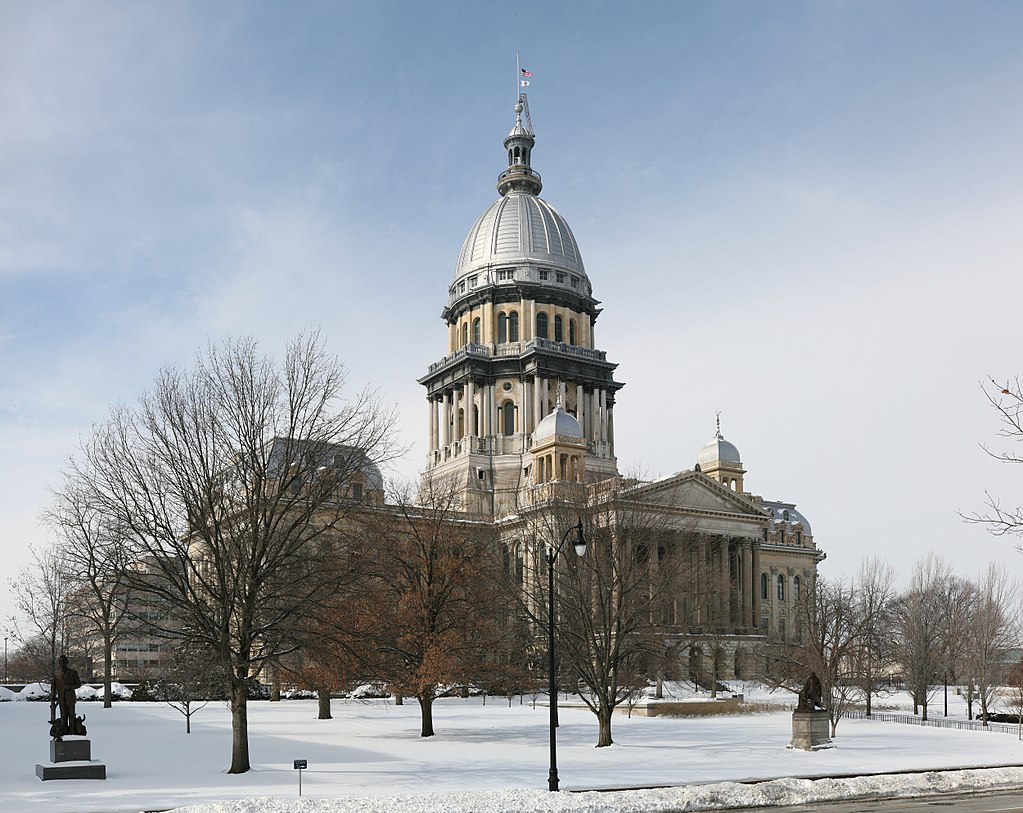
There were also several changes to existing gun laws, including extending the waiting period from 24 hours to 72 hours required for purchasing a rifle, and a new requirement for hospitals to report involuntary psychiatric admissions.
Washington
Voters in Washington State approved Initiative 1639 at the ballot box in November, instituting a number of new regulations in the Evergreen State.
The major changes include:
- Raising the age to purchase a semiautomatic rifle to 21
- Requiring enhanced background checks
- Safety training in addition to a 10-day waiting period for the purchase of a semiautomatic rifle
These changes have seen significant backlash in parts of the state. The National Rifle Association and the Second Amendment Foundation have filed a joint lawsuit against the initiative, and, according to recent reporting, a number of sheriffs in rural parts of the state have declared their intention to refuse to enforce these new restrictions.
In addition to the existing changes, the state’s Attorney General Bob Ferguson has made clear his intention to push for an assault weapons ban, a ban on high-capacity magazines, and a ban on 3D-printed “ghost guns.”
Federal Bump Stock Ban

Bump stocks entered the vernacular after the 2017 mass-shooting in Las Vegas. By using a bump stock, the shooter was able to fire off more than 1,000 rounds in under ten minutes.
After Congressional efforts failed to gain any traction, the Trump Administration announced in October that they would be expanding the definition of a “machine gun” under federal law to include bump stocks, essentially making them illegal as of March 2019.
New York State Rifle & Pistol Assoc. v. City of New York
Last week, the United States Supreme Court announced that it would hear a case involving a New York City gun law – the first such case before the Court since 2010.
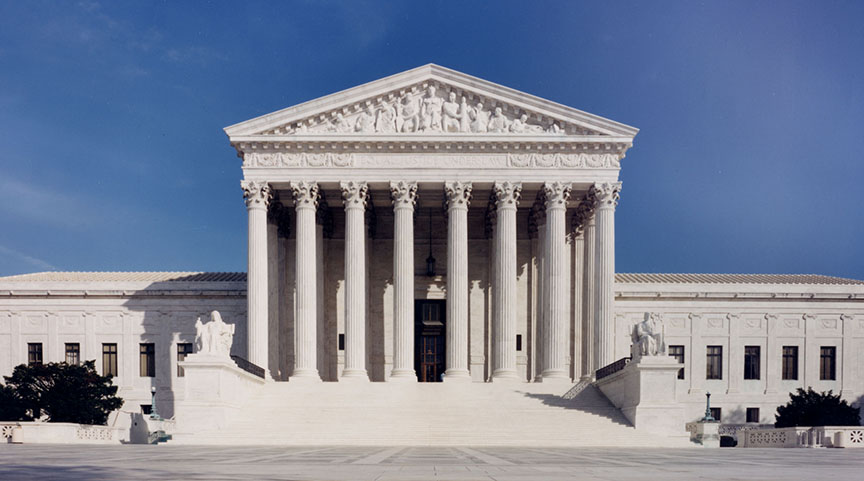
The ordinance in question deals with the issue of a “premises” license. Essentially, the City of New York issues gun permits that are restricted to the five boroughs. Holders of these licenses are permitted to have a gun in their home, and transport it within the city to visit one of the shooting ranges, but are forbidden from taking that gun beyond city limits, even if unloaded.
This means that a New York City resident who tries to take their unloaded gun across the river to New Jersey, or even north to Westchester County and beyond are in violation of the law.
The petitioners in this case argue that the city’s regulations are unduly burdensome and their unique nature help make them unconstitutional.
The city argues that the regulations are based on a “compelling governmental interest in promoting public safety” that “minimizes the risk of gun violence.” They contend that restricting the transportation of a firearm, and not the ability to own and keep it in one’s own home, is not a violation of a basic constitutional right.
It is unclear what implications the outcome of the Court’s ruling could have. Some believe that they will simply strike down the specific law currently in force. Others believe, and potentially fear, that the Court could take this opportunity to issue a wider-ranging opinion on the ability to transport a firearm outside of your home and establish a more stringent judicial review of gun laws.
Both sides will have an opportunity to make their case when New York State Rifle & Pistol Association v. City of New York comes before the Court as part of the term beginning on October.
Latest News
Photo credit: iStock.com/yevtony Last week, the National Governors Association (NGA) elected Utah Governor Spencer Cox (R) as its new Chair and Colorado Governor Jared Polis (D) as NGA Vice Chair. Cox succeeds New Jersey Governor [...]
Photo credit: iStock.com/Torsten Asmus Texas voters have already submitted their ballots for the 2022 primary election. More states have their primary elections on the horizon. With the 2022 primary election season nearly upon us, many [...]
Photo credit: iStock.com/triocean DMGS has previously reviewed state government public health measures, as they have imposed and rescinded masking requirements. Now, over two years into the pandemic and after various COVID-related emergency declarations being implemented, [...]
Photo credit: iStock.com/outline205. Automatic voter registration allows eligible individuals to become automatically registered to vote when they interact with certain agencies in the government, such as a state agency overseeing motor vehicles. While most people [...]

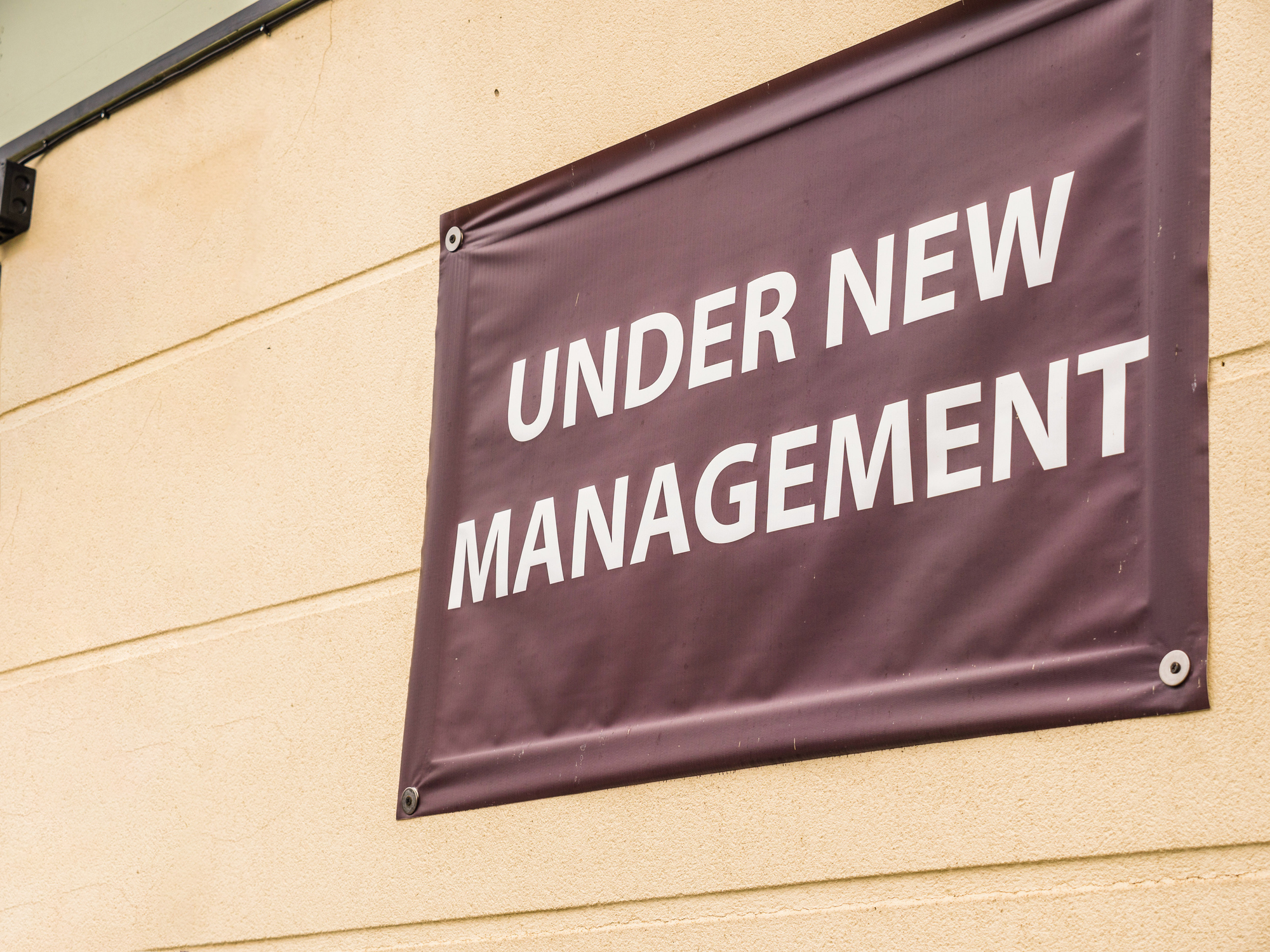
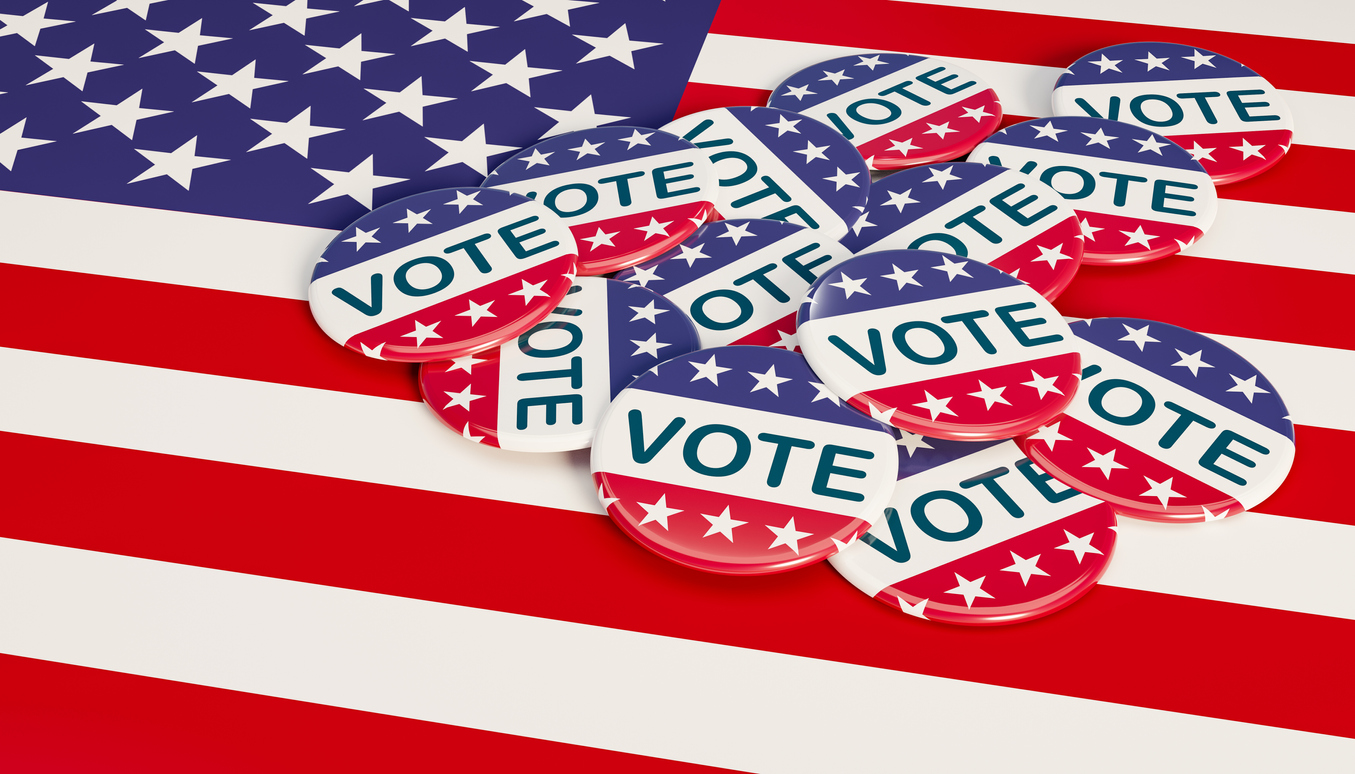

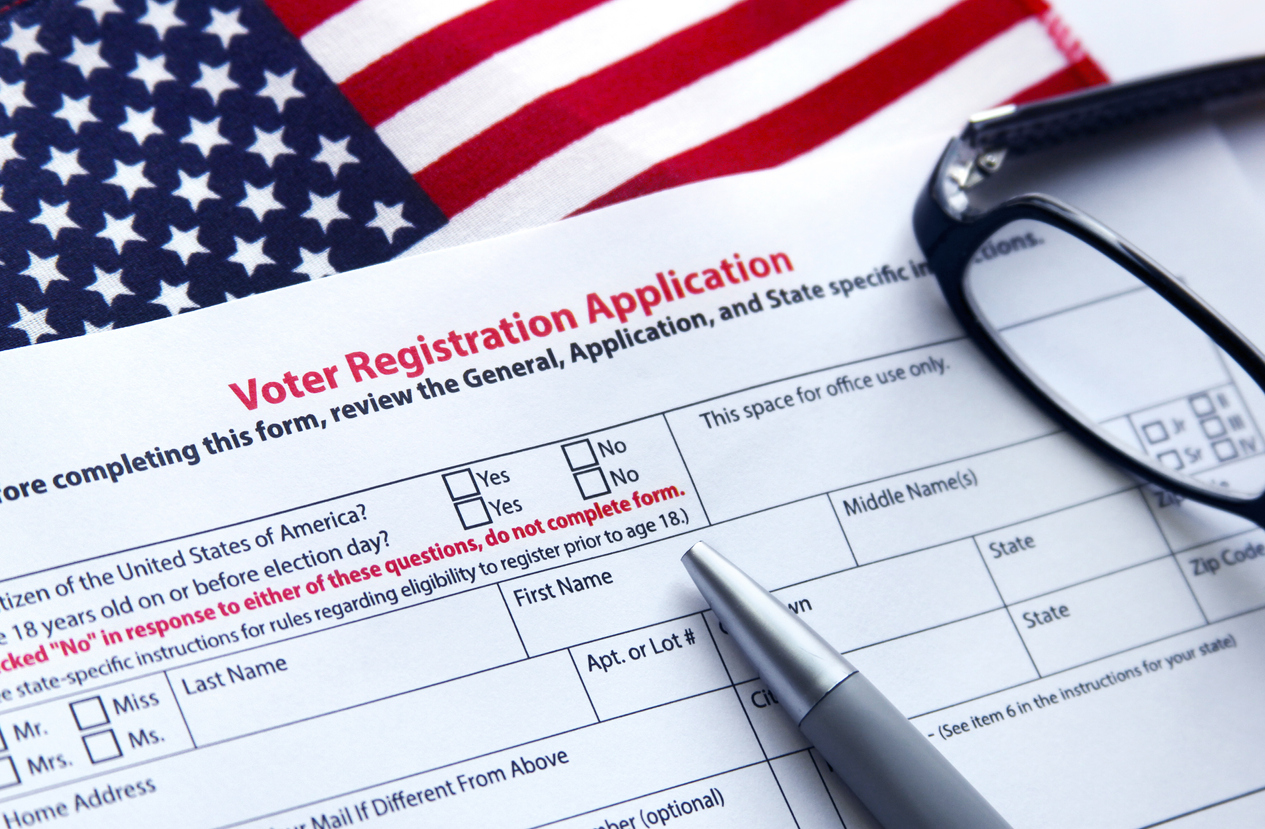

Stay In Touch